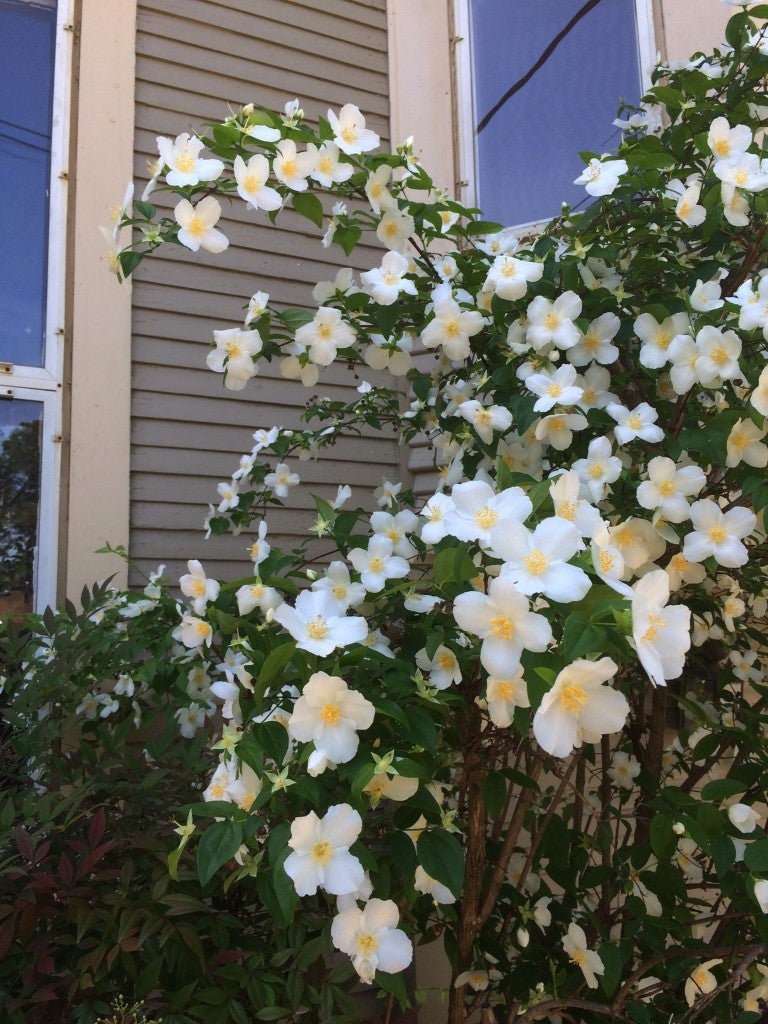Southern Peas are Hot-Weather Winners
Published 6:30 pm Friday, June 2, 2023

- Mary Helen Ferguson
|
Getting your Trinity Audio player ready...
|
Even some “warm season” vegetables do not produce well during the hottest part of the year in the Deep South. If you plant tomatoes after April in Louisiana, choose “heat-set” (heat tolerant) varieties. Planting snap beans between mid-May and mid-August is not advised.
On the other hand, southern peas or cowpeas (Vigna unguiculata) – including black-eyed, crowder, purple hull, and cream peas – tolerate the hottest parts of our summers and can be planted between April and early August. Southern peas germinate better at soil temperatures between 70 and 95 F. If they’re planted too early in the spring, germination may be poor.
Yardlong or asparagus beans are closely related to southern peas – they’re of the same botanical species but a different subspecies – and can be grown as a substitute for snap beans.
Southern peas do not require a lot of nitrogen fertilizer. Like most plants in the bean or legume family, bacteria associated with their roots can take nitrogen gas from the air and “fix” it so that the plant can use it. If too much nitrogen is used on southern peas, you’re likely to get a lot of vegetative (stem and leaf) growth but less pod production.
Because of their association with nitrogen-fixing bacteria, cowpeas are sometimes planted as cover crops. ‘Iron Clay’ is a popular variety for this purpose. It has the advantage of being resistant to some types of root-knot nematodes. If you plant southern peas to eat, you can still till in the plants after you’re finished harvesting to provide some nitrogen for a late summer or fall garden.
Plant southern peas on a sunny, well-drained site. Soil pH should be between pH 5.5 and 6.5. If lime is needed to raise pH into this range, it’s best that it be applied several months before planting, since it takes time for soil pH to change following the addition of lime.
Where soil organic matter content is higher than 1 percent or where the previous crop was fertilized heavily, it’s likely that no nitrogen-containing fertilizer will be needed for southern peas. Where needed, 1 to 1.5 pounds 13-13-13, 1.5 to 2 pounds 10-10-10, or 1.5 to 2.5 pounds of either 8-8-8 or 8-24-24 can be tilled into the soil prior to planting, for every 100 feet of row (or 300 square feet). The 8-24-24 fertilizer has higher phosphorus and potassium concentrations than the others and can be used where levels of these nutrients are expected to be low. (A soil test can be taken to get more information about soil nutrient levels.)
Unlike many vegetables, southern peas do not need to be side dressed one or more times after planting.
Where southern peas will be hand-harvested – as most will be in a home garden – seeds can be planted 4 to 6 inches apart. You may want to plant vining types a little farther apart (6 to 12 inches). Plant yardlong beans 8 to 12 inches apart and trellis them. Plant seed about 1 inch deep.
Additional peas can be planted every two to three weeks to extend the harvest period.
For fresh consumption, southern peas are picked at the “green mature” stage, after pods become plump and before they start to wrinkle. It’s easy to tell when purple hull peas are at this stage because the hulls turn purple. Pick peas every 4 to 5 days.
Harvest yardlong beans when they’re about 12 to 18 inches long to use them like snap beans. If left on the plant for longer, they can be shelled like southern peas.
Let me know if you have questions.
Dr. Mary Helen Ferguson is an Extension Agent with the LSU AgCenter, with horticulture responsibilities in Washington and Tangipahoa Parishes. Contact Mary Helen at mhferguson@agcenter.lsu.edu or 985-277-1850 (Hammond) or 985-839-7855 (Franklinton).



